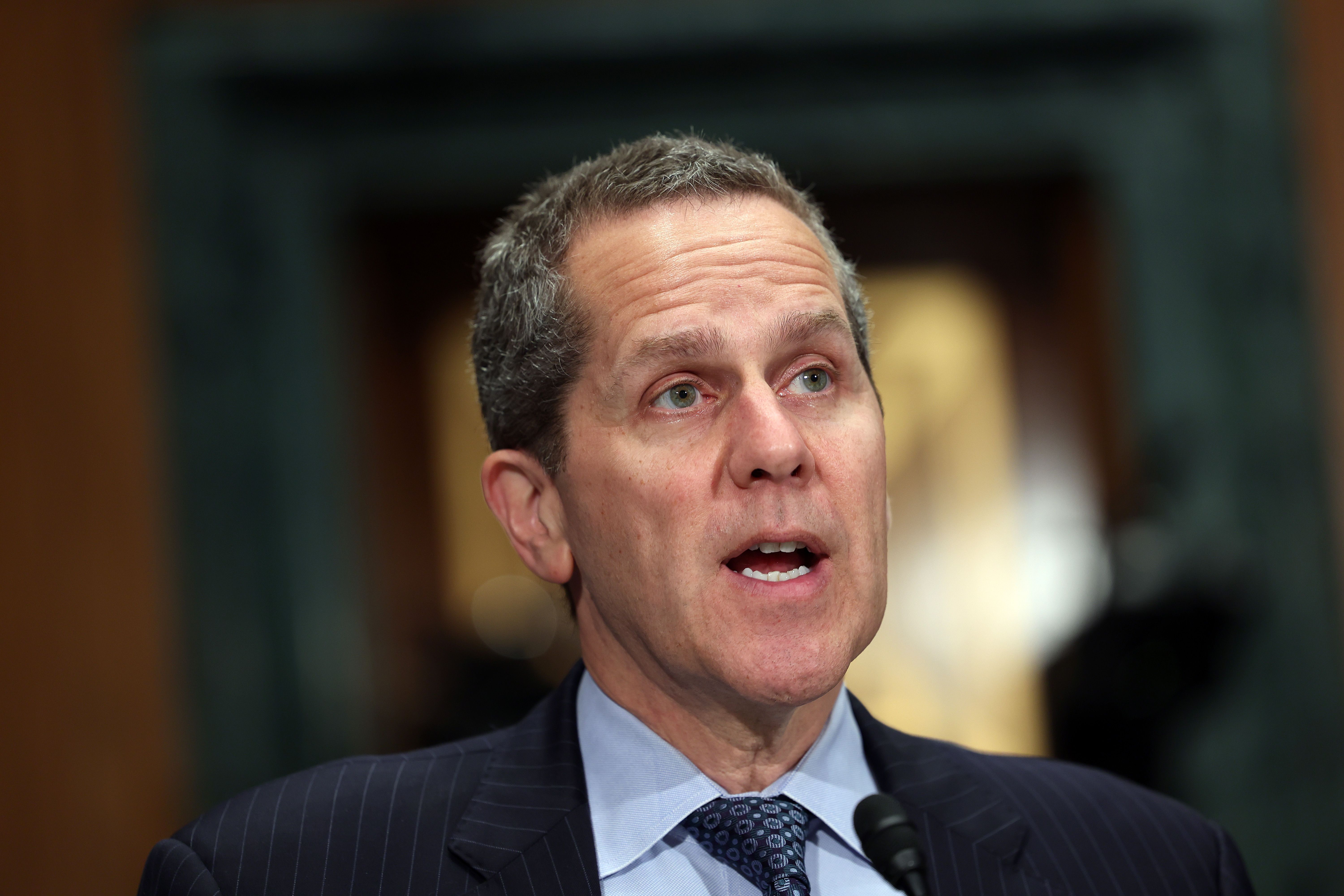By Alessandro Albano and Francesco Casarella
Investing.com – “Over the next 10 years, the crypto market will continue to experience alternating bull/bear market cycles, but investor adoption of digital currencies will continue to increase.” So said Charles Hoskinson, founder or co-founder of blockchain platforms Cardano and Ethereum, in an interview he gave to Investing.com this week during the Web Summit 2022 in Lisbon.
By 2025 there will be more than 1 billion people who have dealt with crypto in their lifetime, a number that Hoskinson says could increase to “2 billion by 2030.”
And yet, from its peak in November 2021 to the present, the market capitalization of non-fiat currencies has shrunk dramatically, from more than $3 billion to the current $1 billion.
But with the arrival of NFTs, the adoption of Bitcoin as legal tender by El Salvador, and the increased use of blockchain by corporations, crypto has taken more than financial value, a feature not seen in the past decade.
“In the last bull market of 2021, we realized that crypto is no longer just a speculative financial instrument, but also has reach outside the financial world,” the founder of the two blockchains explains.
The decentralization of finance and the digital banking revolution will also contribute, “enormously in the adoption of digital currencies,” as will the use by cyber security companies and the digitization of bureaucratic processes, according to Hoskinson.
The Climate Costs to Crypto
More complex, however, is the discourse related to ESG issues and the energy waste used to mine cryptocurrencies. After the Ethereum Merge, considered one of the most significant upgrades ever introduced to the crypto ecosystem, the Ethereum blockchain reduced network energy consumption by 99.9 percent in migrating from a Proof-of-Work (PoW) to a Proof-of-Stake (PoS) consensus mechanism.
For Hoskinson, however, cryptos cannot solve climate change, a task instead to do “with cooperation between nation-states,” but can play an important role in helping emerging economies accelerate their development.
“Blockchain can help emerging and undeveloped economies accelerate their domestic development processes, which instead are now bound by international constraints and subject to the so-called world order.”
Cardano’s founder claims that El Salvador offers an example of how, through the creation of new protocols, states can create new forms of digital partnerships that go beyond traditional systems and rely instead on new digital infrastructure.
In more financial terms, however, Hoskinson sees cryptocurrencies as another asset class to round out a balanced portfolio, although recent volatility has blown away the previously established inverse relationship between cryptocurrency and stock performance.
“Crypto is the first meta asset, but the question for investors is how they want the assets in their portfolio to be represented. All assets have intrinsic value but are asymmetrically liquid.”
“But,” the founder of the world’s top two blockchains asks in conclusion, “what if all financial instruments, even those not traded, had their own form of liquid representation in international financial markets equivalent to their real value?”
Related Articles
Ethereum and Cardano Co-Founder: Crypto Has Extended Its Reach Beyond Finance
Will November 2022 Be a Good Month for Low Cap Cryptos?
Fidelity Opens Wait List With Zero Fee for Retail Crypto Trading
Read More: news.google.com









 Bitcoin
Bitcoin  Ethereum
Ethereum  XRP
XRP  Tether
Tether  Solana
Solana  Dogecoin
Dogecoin  USDC
USDC  Cardano
Cardano  Lido Staked Ether
Lido Staked Ether  TRON
TRON  Avalanche
Avalanche  Wrapped stETH
Wrapped stETH  Sui
Sui  Chainlink
Chainlink  Toncoin
Toncoin  Shiba Inu
Shiba Inu  Stellar
Stellar  Wrapped Bitcoin
Wrapped Bitcoin  Hedera
Hedera  Polkadot
Polkadot  WETH
WETH  Bitcoin Cash
Bitcoin Cash  Uniswap
Uniswap  Pepe
Pepe  Litecoin
Litecoin  Hyperliquid
Hyperliquid  LEO Token
LEO Token  Wrapped eETH
Wrapped eETH  NEAR Protocol
NEAR Protocol  Ethena USDe
Ethena USDe  USDS
USDS  Internet Computer
Internet Computer  Aptos
Aptos  Aave
Aave  Render
Render  Mantle
Mantle  Bittensor
Bittensor  POL (ex-MATIC)
POL (ex-MATIC)  Cronos
Cronos  Ethereum Classic
Ethereum Classic  Artificial Superintelligence Alliance
Artificial Superintelligence Alliance  Virtuals Protocol
Virtuals Protocol  MANTRA
MANTRA  WhiteBIT Coin
WhiteBIT Coin  Arbitrum
Arbitrum  Monero
Monero  Tokenize Xchange
Tokenize Xchange